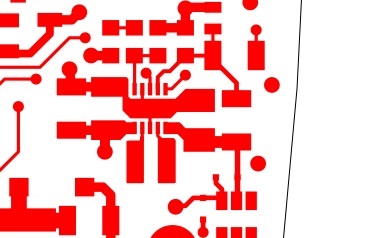Hello,
We are using a TPS63030 adjustable regulator with feedback resistors for a VOUT of 3.3V
We have 3 x AA (1.5V) cells connected to VIN through a diode.
We also have VBUS (from a USB connector) connected to VIN through another diode.
With the USB cable removed then VBATT is in play.
With the USB cable connected then VBATT is over-ridden by VBUS (5V).
Thus the TPS63030 is powered from 4.5V of the batteries or 5V of USB (less the voltage drop of the associated diode).
Under either condition (batteries only or batteries and USB) the voltage at the VIN pin is around 10V?
Is this normal?
If so why?
Thanks,
Mike
-
Ask a related question
What is a related question?A related question is a question created from another question. When the related question is created, it will be automatically linked to the original question.




